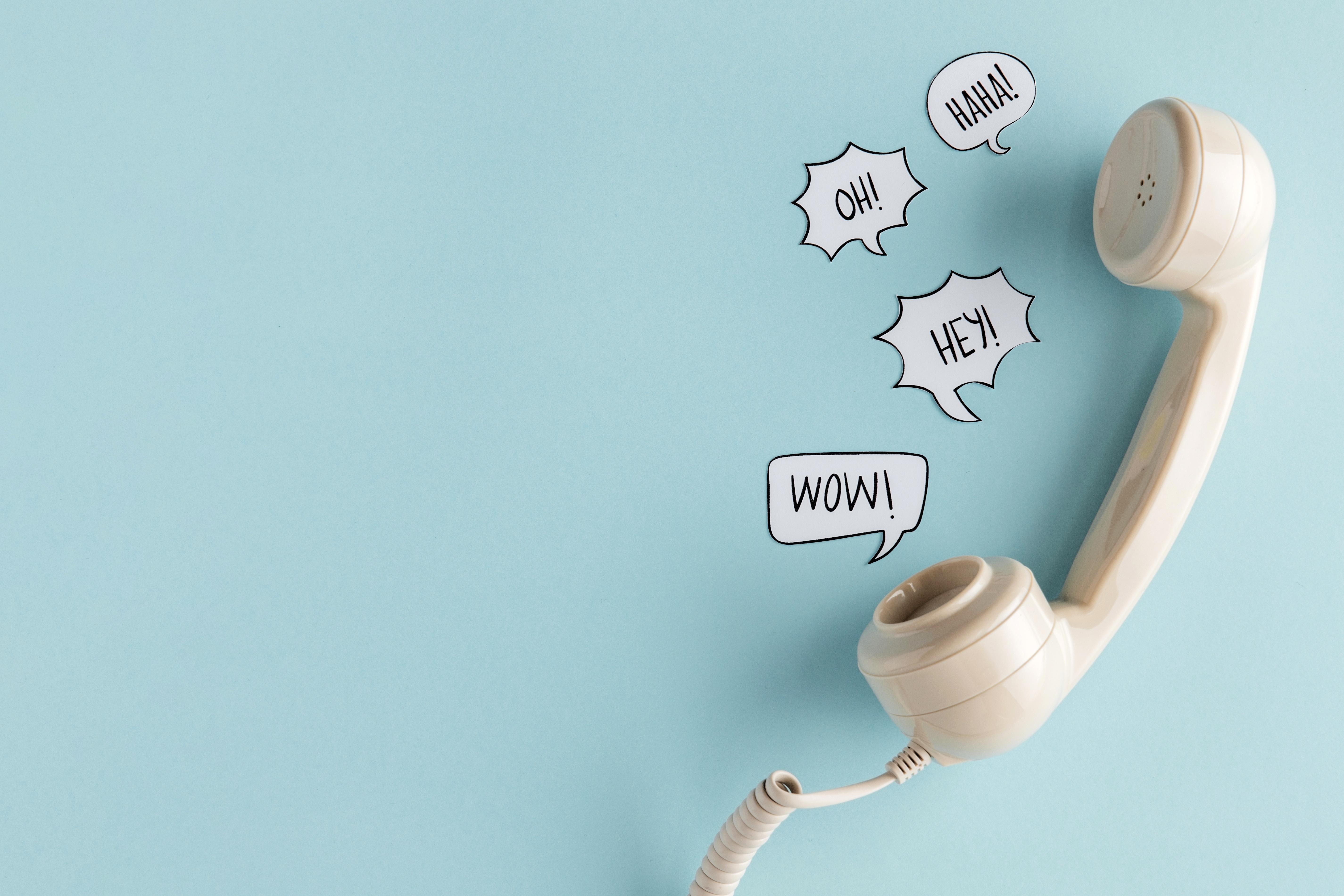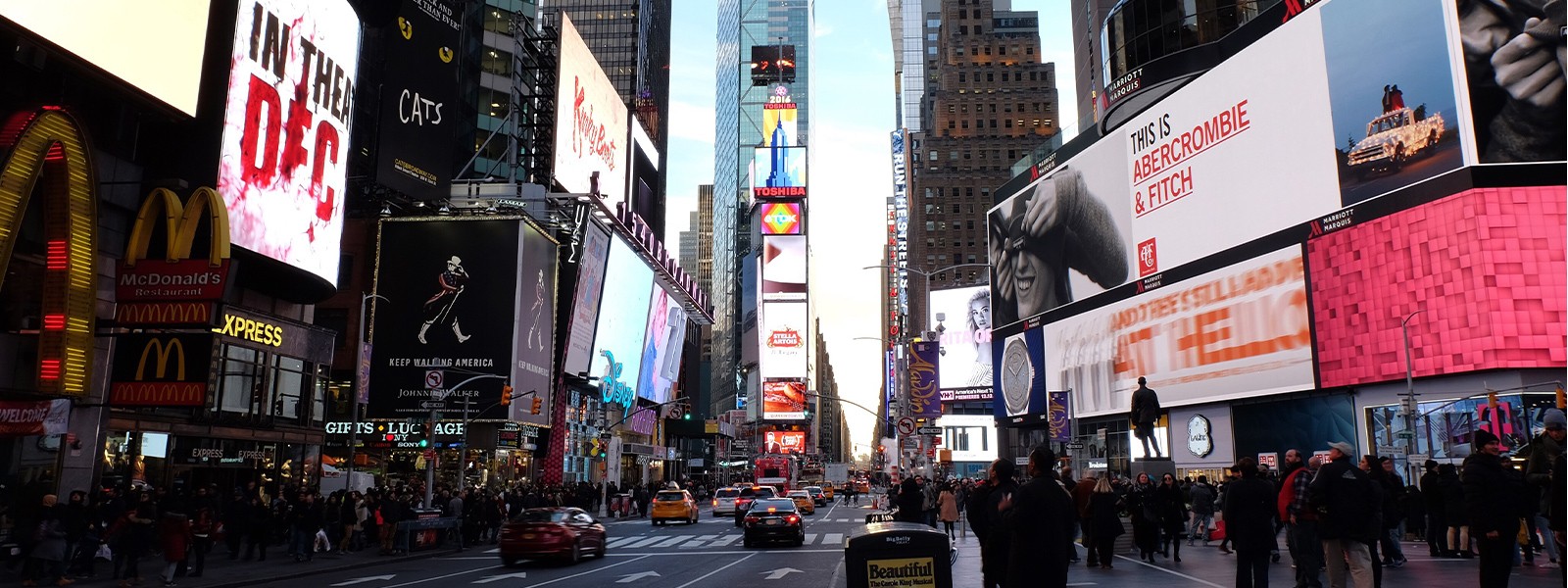Photography
/
Taze Creative
Statistics show that high-quality product images are crucial for driving conversions and increasing sales. Let’s consider a few examples:
Etsy, which generated $818 million in revenue in 2019, knows the value of product photography. A survey revealed that 90% of Etsy buyers said that image quality was the most significant factor in their purchase decision, even more important than cost, shipping, or reviews.
A Czech retailer, Mall.CZ, was able to increase conversions by 9.46% on its category and product pages by simply making the product images larger. This minor tweak demonstrates the huge impact visual elements can have on a customer’s decision-making process.
In the UK, Golfsmith, an online store, reported a 10-30% increase in conversions when they implemented 360-degree product images. Giving customers the ability to view products from all angles helps them make more informed decisions, significantly reducing hesitation and increasing purchasing confidence.
The data speaks for itself: product imagery is a pivotal factor in e-commerce success. But why exactly does it matter so much? Let's dive into the details to better understand how professional photography boosts your brand awareness, drives conversions, and reduces return rates.
In e-commerce, visual appeal is everything. From the first moment a customer visits your site to the moment they click "purchase," product photography plays a pivotal role in influencing their buying decision. In fact, the entire e-commerce conversion funnel—from awareness to loyalty—is heavily impacted by how professional your product images are. Here are seven reasons why successful e-tailers continuously invest in professional photography services to boost their online business.
1. Build, Craft, and Strengthen your brand image
Brand identity is crucial, especially in e-commerce, where customers are bombarded with numerous products daily. When you think of brands like Ferrari or Nike, certain images immediately come to mind: Ferrari is associated with sleek red cars on endless roads, while Nike is known for close-up shots that emphasize performance and innovation.
This isn’t by chance—it’s the result of consistent, deliberate choices in their product photography. These brands use the same color palettes, angles, and photography techniques to create and sustain a cohesive visual identity.
For e-commerce brands, professional photography helps mold the brand image. High-quality visuals create associations in the customer’s mind, building recognition and trust. Successful brands make sure that customers can recognize their products, even without a logo, through distinctive imagery that communicates their values and identity.
2. Attract new audiences with "Finger-Stopping" aesthetics
In an endless sea of online content, grabbing a customer's attention is a significant challenge. Think about your own experience scrolling through social media—how often do you stop for a stunning image? This is the "finger-stopping" effect.
Professional product photography, especially hero shots with a creative twist, can create this effect. Whether it's on social media feeds, product pages, or ads, attention-grabbing visuals stop customers in their tracks, giving them a reason to pause and explore your product.
Hero shots, lifestyle images, and well-crafted compositions can take a customer from being blissfully unaware of your product to engaging with it. Investing in professional photography ensures that your images are striking enough to capture attention and spark interest, bringing new audiences to your e-commerce store.
3. Convert viewers to buyers with powerful persuasion
No matter how brilliant your product description is, visuals are the ultimate persuaders in e-commerce. In fact, most consumers base their purchase decisions primarily on the images they see. High-quality photos provide all the visual information needed to convert onlookers into buyers.
People don’t buy based solely on text descriptions or lengthy product specs; they rely on the image to make an emotional connection with the product. Professional photography ensures that your product is presented in the best light, highlighting its features and appeal. It builds trust and reduces uncertainty, which ultimately drives sales.
For example, using 360-degree photography or multiple angles helps customers visualize the product in its entirety, making them more likely to hit the "buy" button.
4. Lead the Market: Get Ahead of Competitors
In e-commerce, competition is fierce. There are only a few ways to differentiate your brand: offer a better product, price it competitively, or provide better service. But there’s another key differentiator: a better online shopping experience—and this starts with high-quality imagery.
E-commerce photography gives you an opportunity to create a visual experience that outshines your competitors. While many e-tailers may rely on mediocre or stock images, investing in professional photography instantly sets you apart.
Your competitors might offer similar products, but by presenting your items in visually captivating ways, you create a more appealing and memorable shopping experience. In e-commerce, a professional-grade camera and the right photography team are secret weapons that can make you stand out.
5. Drive SEO results with stunning visuals
Great product photos not only attract customers but also help you rank better on search engines. Google’s algorithms prioritize user experience, and high-quality, relevant images are a crucial part of that. Optimized images with proper alt-text, resolution, and dimensions can make your website more visible to potential customers searching for products like yours.
By investing in fresh, unique visual content that aligns with Google’s standards, you send a signal that you’re serious about the user experience. This can lead to higher rankings and more organic traffic. Search engines favor websites that offer engaging and valuable content—including images—so regularly updating your visuals can be a powerful tool in the SEO game.
Moreover, professional photography helps with mobile optimization, as high-resolution images that load quickly provide a seamless experience across all devices, further boosting your SEO performance.
6. The secret to going viral: Shareable images
In the world of social media, shareable images can spread like wildfire. Think of the last time you saw a product image that made you stop, take a screenshot, and share it with a friend. A well-executed product photo can generate conversation, excitement, and engagement, driving traffic and sales to your site.
Whether shared through social media posts, direct messages, or even email groups, images that resonate with your audience have the potential to go viral. This kind of organic sharing amplifies your reach beyond paid advertising, creating opportunities for free marketing through user-generated content.
Professional images with the right creative touch can spark conversations, inspire shares, and build excitement around your product in ways that simple descriptions or amateur photography can’t.
7. Reduce return rates with clear customer expectations
Returns are one of the biggest challenges in e-commerce. A major reason for returns is that the product doesn't match the customer's expectations based on the images provided. If customers receive a product that looks different from what was shown online, they're likely to return it, costing your business both money and trust.
One study found that 22% of customers returned products because the items looked different in person compared to the online images. To reduce returns, professional product photography ensures that images are accurate, true-to-life representations of the product. Showing your products from multiple angles and in different contexts helps set the right expectations for your customers.
When your product photography is descriptive and realistic, customers are less likely to be disappointed with their purchase, and you'll see fewer returns as a result.
Product photography plays a crucial role in making your online store successful. High-quality images not only draw potential customers in but also help communicate the quality and appeal of your products. Here are some fundamental tips on how to leverage product photography to drive engagement, conversions, and brand loyalty in ecommerce.
1. Minimalism vs. Boldness: Finding your design balance
When it comes to product photography, there are two approaches that can work wonders: minimalism and bold creativity.
Minimalistic Photography: This approach is sleek, elegant, and simple. Minimalistic images focus on the product itself, often with neutral backgrounds and carefully chosen lighting to ensure that nothing distracts from the product. This style works exceptionally well for high-end or luxury goods, where the focus is on the craftsmanship and quality of the item. A simple yet artistic interpretation can be achieved using a few selected props or unique lighting setups to add depth and sophistication without overpowering the product.
Go Bold and Creative: On the flip side, if your brand and products allow for it, breaking the norms and going wild with colors, props, and unconventional setups can grab attention and create viral engagement. Bold colors, conflicting textures, or unusual angles can make your product images stand out in a sea of similar visuals. These creative and eye-catching visuals tend to spark curiosity, leading to higher engagement and the potential for viral success.
The key is to understand your product and brand identity, and then choose a visual style that reflects and enhances that.
2. Draw attention by showcasing different viewpoints
One of the most effective ways to engage customers is to showcase your product from multiple angles. Offering different perspectives helps create a more comprehensive view of the product, allowing customers to feel as though they are examining it in person.
Use Various Angles: Incorporating alternative angles can bring depth and dimension to even the simplest products. For solo shots, consider using dynamic angles that highlight key product features, such as intricate detailing or unique textures. For group shots, angled positioning can create a sense of scale and offer a comparative view of the product’s size and appearance.
Creative Hero Shots: If your product allows for it, think outside the box—use innovative techniques to capture attention. For instance, using a fishing line to make the product appear as if it’s levitating can create a visually captivating hero shot. This can be used as the main image on category or product pages to draw customers in immediately.
Angles matter. By presenting products in a visually appealing and unique way, you can enhance customer interest and set your brand apart.
3. The trio you veed: Lighting, Props, and Backgrounds
In product photography, lighting, props, and backgrounds are the essential elements that can transform an ordinary image into an extraordinary one.
Lighting: Proper lighting brings out the best in your product. For minimalistic photos, natural lighting or well-placed soft lights can create a clean, high-end look. For more artistic shots, dramatic lighting, such as side lighting or shadow effects, can add texture and depth to the product.
Props: While many e-commerce platforms have strict guidelines about using props in certain product images (especially on marketplaces like Amazon), you have more creative freedom with lifestyle or campaign shots. Carefully selected props can help tell a story and give the product context, showing customers how they might use it in real life. Be mindful of balance—props should complement, not distract from, the product.
Backgrounds: Backgrounds provide an excellent opportunity for creativity, especially for hero shots and marketing campaigns. Using textured backgrounds (like a rusty metal sheet or soft, luxurious fabric) can make your product pop, especially when combined with the right lighting. Lifestyle backgrounds can help customers visualize the product in a real-world setting, increasing the emotional connection to the item.
To create images that convert, it’s essential to master the use of lighting, props, and backgrounds. These elements bring your product to life and make it more relatable to potential buyers.
Product photography is one of the most critical aspects of e-commerce marketing, playing a significant role at every stage of the customer journey. Whether you're keeping it sleek and minimalistic or going all out with bold, creative shots, your product images should always reflect the essence of your brand and the quality of your products.
By showing multiple views, using the right angles, and mastering lighting, props, and backgrounds, you can turn a casual viewer into a loyal customer. Professional product photography not only showcases your products in the best possible light but also sets the stage for driving higher engagement, better conversion rates, and long-term success for your online store.



